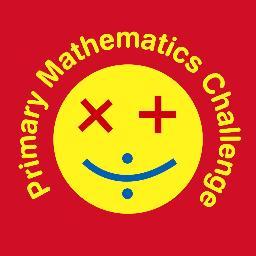
Kids Math Dictionary
A kids math dictionary can be a handy resource for teachers and parents to help kids better understand a variety of mathematical terms. These dictionaries combine definitions, illustrations and charts to provide a quick reference guide.
A Kids Math Dictionary Can Be a Handy Resource For Teachers and Parents
In addition to helping students learn specific math concepts, a kids math dictionary can also help them improve their memory and recognition skills.
Length
Kids are likely to be introduced to a lot of math vocabulary throughout their education. Some of this may be a bit baffling to them (or you).
Equipped with this handy, updated reference of more than 400 full-color, illustrated definitions, children will be able to quickly find the definitions and illustrations that will enable them to solve many of the math challenges they face. Covering everything from “addend” to “zero,” this book is a must-have in every elementary school classroom. It is also a must-have for teachers, whose students often use the same vocabulary in their own lessons and research projects. The best part? It comes in a handy, portable case with a nifty magnetic ring. We’re certain you’ll love it! Be sure to check out our other math related books and resources.
Line Graph – Kids Math Dictionary
Line graphs are used to represent information that changes over a period of time. They are a common graph and are often used in schools for plotting statistics.
Typically, a line graph has two axes, one is called the Y-axis and the other is the X-axis. The Y-axis is usually vertical and represents the number of measurements, while the X-axis is horizontal and often represents the dates or times being measured.
When putting together a line graph, it is important to label your data points and the time scale. This will help readers understand your graph.
Line of Symmetry
A line of symmetry divides a shape into halves that are mirror images. This kind of symmetry is called reflection symmetry or line symmetry.
In this lesson, we will look at a few types of lines of symmetry and what each means. Then, we will look at how they work in nature and in art.
A shape has rotational symmetry if it can be rotated less than a full turn about a point to produce an image that matches exactly with the original. It is easy to see how this can be done in the design below with its center as the center of rotation and a 60o angle of rotation.
Long Division
Long division is a mathematical method of breaking down a number into different parts. It can be a bit tricky at first, but once you understand the five steps it will become pretty easy to solve.
In Kindergarten and Year 1, children will start learning about division as they learn their multiplication tables. They will practice using the written and mental methods of division and will also practice dividing whole numbers, fractions, and decimals.
They will also learn the standard algorithm that they will use when they are completing division problems outside of school. Once they are confident with these facts, they will be ready to move on to KS2 short division and KS2 long division.
Vertex – A Math Dictionary For Kids Com
Vertex is an important concept in geometry. It refers to a point where two lines meet in a 2D or 3D shape.
A vertex can be found in various types of shapes such as squares, triangles, and circles. Each of these shapes has a different number of vertices.
Having a good understanding of vertices is essential in learning about other aspects of geometry, such as Euler’s Formula. It’s also an important foundation for understanding more advanced topics in geometry, such as symmetry.
A kids math dictionary is a great resource to have on hand for students when learning about the parts of a shape. The dictionary contains definitions for the most common vertices and corners of 2D and 3D shapes. It also includes tables with quick lists of common shapes and their number of vertices.
